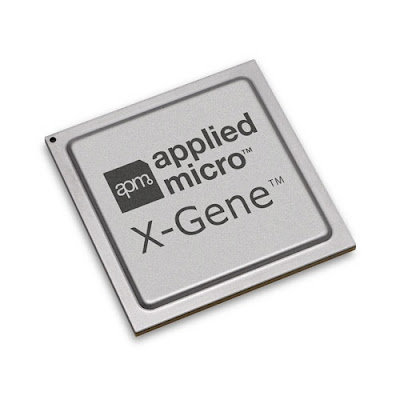China’s high ranking representatives gathered at a top level meeting last month at their Ministry of Industry and IT to discuss ideas and initiatives regarding their own National CPU Architecture.
For those less familiar with processor design, the first thing on the table is the decision on the ISA.
ISA is short for instruction set architecture and is defined by Wikipedia as:
the part of the computer architecture related to programming, including the native data types, instructions, registers, addressing modes, memory architecture, interrupt and exception handling, and external I/O. An ISA includes a specification of the set of opcodes (operating codes / machine language), and the native commands implemented by a particular processor.
ISA can be RISC or CISC, but historically RISC architectures have been the most successful.
One might say that x86 is very successful and is categorized as CISC, but today’s processors, even since the P5 times of
AMD’s K6 innovative architecture and Intel’s heavy Pentium II, have been translating legacy x86 instruction into small micro-instructions or micro-ops that are executed in a quite similar manner with the RISC concept.
Practically, today’s x86 is a legacy ISA “supported” by much more innovative CPUs that have to translate the x86 commands into internal code, execute the commands and then retranslate the result into x86 compatible format.
Therefore, we’re back at RISC. It would certainly be very interesting to start developing a highly parallel architecture that supports other ISAs, just as Transmeta developed x86 over a VLIW architecture. Thus you have a huge advantage over everything that requires parallelism performance and you’re able to execute on different ISAs just as needed.
We don’t think China will want to experiment and it will rather go for a tried and true architecture. X86 is out of the question as it belongs to Intel, and Intel is not licensing it anymore; not that it ever really did.
ARM belongs to AMD Holdings and is quite tempting as it is very popular these days and can handle any project from mobile phones to servers, but we think the most likely candidates are MIPS and DEC’s Alpha.
MIPS is an ISA that has extremely good scaling, efficiency and has been proven in both tablets/mobile devices and servers. MIPS is a tempting buy for quite a lot of companies, and it is available for sale as we’ve reported in detail
here.
Alpha is a legendary server-suited architecture that has ruled the first half of the ’90 and it has absolutely revolutionized the PC market too.
DEC’s design team leader Dirk Meyer joined AMD in ’96 and, in three years, using many design elements and concepts similar to the Alpha architecture, managed to build a CPU that was 40% more powerful than any other x86 CPU on the market at that time.
Alpha was unfortunately left to die and now there are no processors build on the Alpha ISA that have any degree of industry popularity.
Alpha could have practically destroyed Intel’s performance advantage if it had ever been developed for the PC market.
Compaq’s misfortune was Alpha’s misfortune: they’ve decided to phase out their Alpha servers and got fooled into investing in Intel’s Itanium architecture. The move was just as good as SGI’s Itanium ill-fated decision to scrap MIPS and go for Itanium. Compaq ended up being sold to Hewlett-Packard. The move was considered “bold” at the time but, under the disastrous management of Carly Fiorina, the HP+Compaq entity ended up having a market share smaller than DELL’s.
With no real guidance, Carly Fiorina’s disoriented HP sold all Alpha intellectual property to Intel. Intel bought everything because it knew they have much to learn from the architecture that helped AMD offer the best computing performance during the 1999 ~ 2006 period.
Having has such a great effect on everything it touched, no matter if that was Compaq, AMD, Intel or DEC, the Alpha ISA is a great candidate for China’s National CPU Architecture project.
There are many Chinese companies successfully using and integrating different ISAs.
There is the MIPS ISA developed at Loongson and Ingeniq (that we’re already reported about
here).
The 1995 'Shenwei' Alpha based design currently used for military workstation, servers and supercomputers.
China’s military is also using the 'Fengtian' SPARC design.
We don’t think China will start developing an Isa from scratch and we believe they will rather go for something they’ve already tried.



 4/27/2012 11:59:00 PM
4/27/2012 11:59:00 PM
 dannzfay
dannzfay




























